Safety in the construction industry is critical and is managed by a Work, Health and Safety (WHS) Adviser. Workplace hazards are identified, health and safety risks are assessed and appropriate policies, procedures, safety controls and advice on accident prevention are implemented to maximise health and safety outcomes within the working environment.
Qualification
Certificate IV in Work Health and Safety
Sector
Residential / Commercial / Civil / Resources
What might a working day look like?
May perform tasks including:
- Provide advice and promote occupational health and safety practices to develop safer ways of working
- Conduct site inspections, risk assessments, and control hazards in the workplace, for example scaffolding or toxic fumes on a construction site
- Coordinate emergency procedures and safety meetings
- Create documents including policies, procedures, manuals and reports to ensure compliance with WHS legislation
- Monitor, review, record and report hazards, accidents, injuries and health issues in the workplace to managers
- Coordinate the return to work of staff members after accidents or injuries and make sure they experience a satisfactory return to work
- Ensure personal protective equipment (such as hearing protection, dust masks, safety glasses, footwear and safety helmets) are being used in the workplace where required
- Conduct training sessions for management, supervisors and workers on health and safety practices and legislation including the correct use of use personal protective gear
- Ensure an organisation is aware of and is complying with all legislation relating to its duty of care, workplace activities and the use of its plant, equipment, and substances
- Ensure dangerous materials are correctly stored
- Coordinate emergency procedures such as mine rescues, firefighting and first aid crews
Working hours & conditions
- Mix of office work and on site visits/training
- Full time hours
Skills and personal qualities
- WHS systems/ document or compliance writing and development;
- Ability to interpret and apply WHS Laws and Codes of Practice to meet safety needs;
- Well-developed public speaking skills to present safety initiatives;
- Well-developed verbal communication skills;
- Attention to detail;
- Intermediate developed computer skills including Word, Excel, and Database etc.
- Sound time management skills and a keen interest in learning new systems
- WHS/OHS Certificate IV (or higher) or degree qualified
How to get started
To become an occupational safety and health officer, you require a formal qualification, either a vocational certificate or University degree. You can complete a Certificate III in Work Health and Safety which allows you to become a Work Health & Safety assistant or a Certificate IV in Work Health and Safety.
Future Pathways and opportunities
With further experience and training your career could lead you to complete a Diploma or University degree in Work Health and Safety to become an WHS Manager or WHS Consultant.
- Health & Safety Advisor
- WHS Trainer
- Occupational/Industrial Hygienist
- Hazardous Materials/Dangerous Goods Safety Officer

